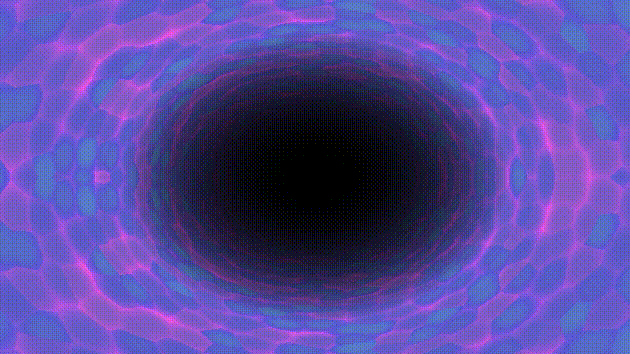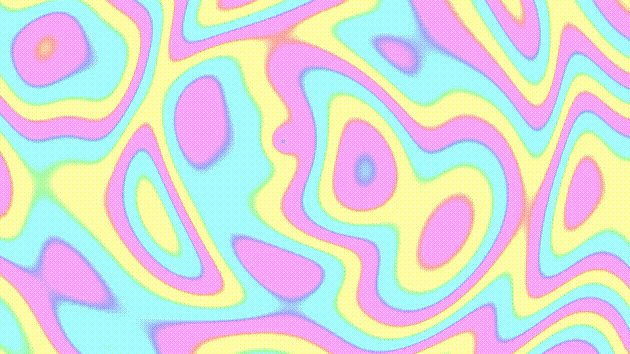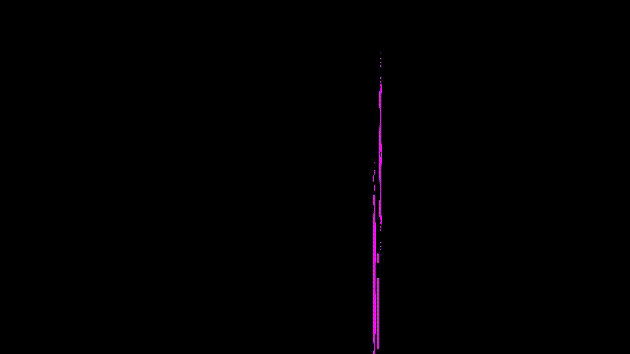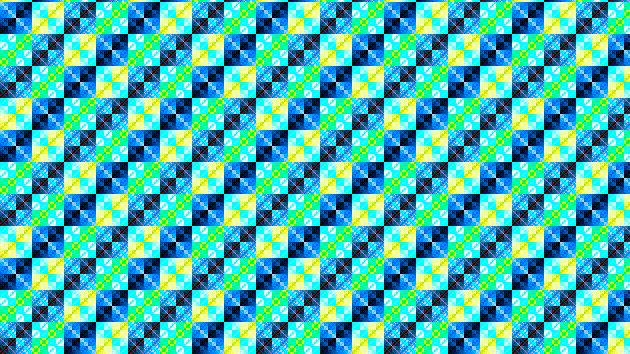I’ve spent the last two days writing psychedelic effects using pixel shaders in Shadertoy, and porting a few others that I’ve written in the past.




I’ve spent the last two days writing psychedelic effects using pixel shaders in Shadertoy, and porting a few others that I’ve written in the past.




This is the final post of the series where I explain the ideas I tried in order to improve the upsampling of the half-resolution SSAO render target of the VKDF sponza demo that was written by Iago Toral. In the previous posts, I performed experiments to explore different upsampling ideas and I explained the logic behind adopting or rejecting each one. At the end, I’ve managed to find a method that reduces the artifacts to an acceptable level. So, in this post I’ll try to present it completed and in detail.
Continue reading Depth-aware upsampling experiments (Part 6: A complete approach to upsample the half-resolution render target of a SSAO implementation)
This is another post of the series where I explain the ideas I try in order to improve the upsampling of the half-resolution SSAO render target of the VKDF sponza demo that was written by Iago Toral. In a previous post (3.2), I had classified the sample neighborhoods in surface neighborhoods and neighborhoods that contain depth discontinuities using the normals. Having this information about the neighborhoods, in the last post, I demonstrated how to further improve the nearest depth algorithm (that was explained in parts 1 and 2 of these series) and reduce the artifacts in the neighborhoods where we detect depth discontinuities. The result was good but we’ve seen that there are still some imperfections in a few edge cases. So, in this post, I am going to talk about some ideas I had to further improve the SSAO and my final decisions.
This is another post of the series where I explain some ideas I tried in order to improve the upscaling of the half-resolution SSAO render target of the VKDF sponza demo that was written by Iago Toral. In the previous post, I had classified the sample neighborhoods in surface neighborhoods and neighborhoods that contain depth discontinuities using the normals. Having this information about the neighborhoods, in this post, I will try to further improve the nearest depth algorithm (see also parts 1 and 2) and reduce the artifacts in the neighborhoods where we detect depth discontinuities.
This post is again about improving the upsampling of the half-resolution SSAO render target used in the VKDF sponza demo that was written by Iago Toral. I am going to explain how I used information from the normals to understand if the samples of each 2×2 neighborhood we check during the upsampling belong to the same surface or not, and how this was useful in the upsampling improvement.
In the previous post of these series, I tried to explain the nearest depth algorithm [1] that I used to improve Iago Toral‘s SSAO upscaling in the sponza demo of VKDF. Although the nearest depth was improving the ambient occlusion in higher resolutions the results were not very good, so I decided to try more quality improvements. In this post, I am going to talk about my first experiments on improving the Z-buffer downsampling.
Continue reading Depth-aware upsampling experiments (Part 2: Improving the Z-buffer downsampling)
This post is about different depth aware techniques I tried in order to improve the upsampling of the low resolution Screen Space Ambient Occlusion (SSAO) texture of a VKDF demo. VKDF is a library and collection of Vulkan demos, written by Iago Toral. In one of his demos (the sponza), Iago implemented SSAO among many other graphics algorithms [1]. As this technique is expensive, he decided to optimize it by using lower resolution textures and render target, which he then upsampled to create a full resolution image that he blended with his original one to display the result. For the upsampling he used linear interpolation, and as expected he observed many artifacts that were increasing by lowering the SSAO textures resolution.
Some time ago, I started experimenting with methods to improve that upsampling in order to familiarize myself with Vulkan. The most promising ones seemed to be the depth-aware techniques:
Continue reading Depth-aware upsampling experiments (Part 1: Nearest depth)
In a previous post, I wrote about Vkrunner, and how I used it to play with fragment shaders. While I was writing the shaders for it, I had to save them, generate a PPM image and display it to see the changes. This render to image/display repetition gave me the idea to write a minimal tool that automatically displays my changes every time I save the file with the shader code and use it when the complexity of the scene is increasing. And so, I’ve written sdrviewer, the minimal OpenGL viewer for pixel shaders of the video below:
Vkrunner is a Vulkan shader testing tool similar to Piglit, written by Neil Roberts. It is mostly used by graphics drivers developers, and was also part of the official Khronos conformance tests suite repository (VK-GL-CTS) for some time [1]. There are already posts [2] about its use but they are all written from a driver developer’s perspective and focus on vkrunner’s debugging capabilities. In this post, I’m going to show you an alternative use I’ve found for it, in order to have fun with pixel shaders during my holidays! 🙂
There are several methods to create and display a terrain, in real-time. In this post, I will explain the approach I followed on the demo I’m writing for my work at Igalia. Some work is still in progress.